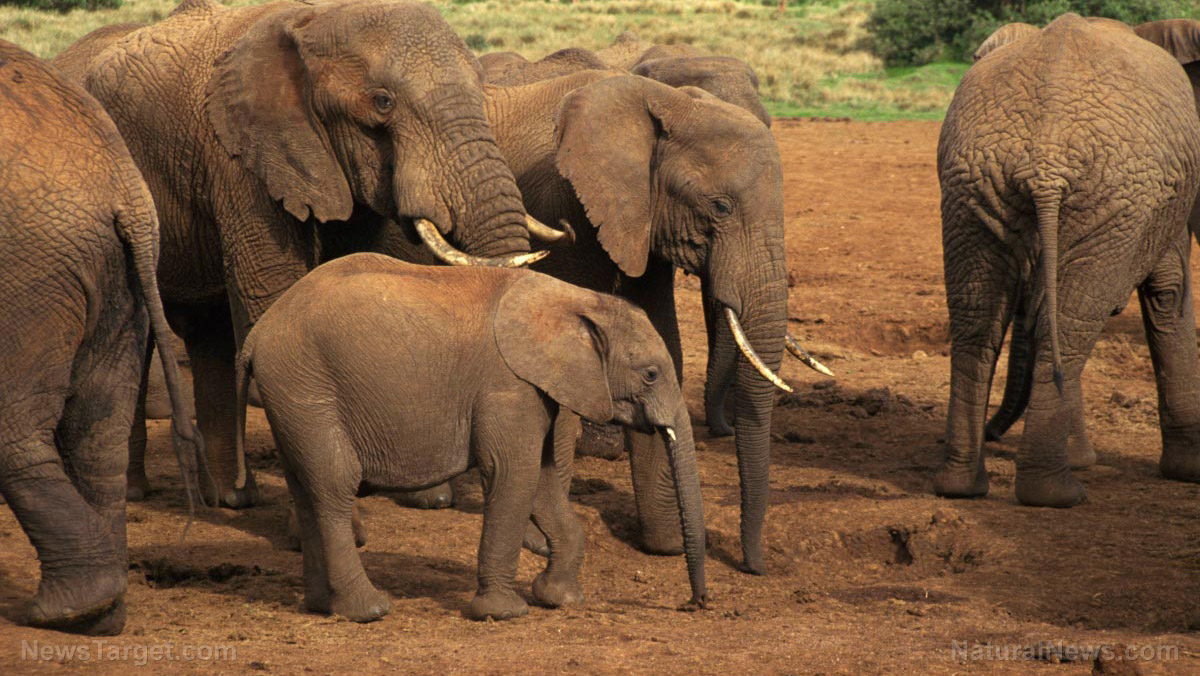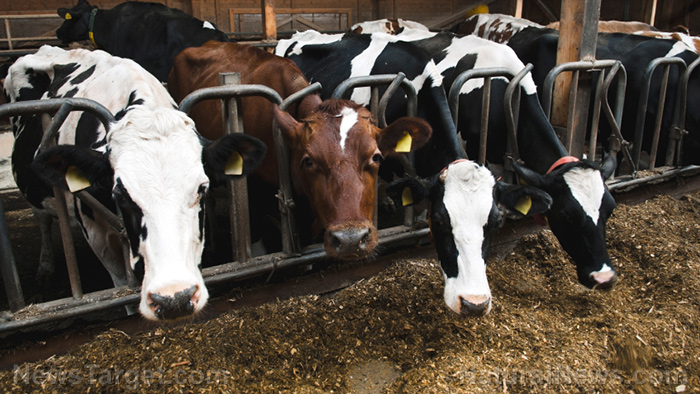
“The richness and diversity of life on Earth is fundamental to the complex life systems that underpin it. Life supports life itself and we are part of the same equation. Lose biodiversity and the natural world and the life support systems, as we know them today, will collapse,” wrote Marco Lambertini, Director General of the WWF, in a cautionary report in TheGuardian.com.
According to the research team, the destruction of wild areas due to farming and logging was the biggest contributor to the dwindling animal population. The report showed that only 15 percent of the planet's land area was protected for nature. Researchers also cited poaching and food exploitation as key drivers to the decreasing animal population. In addition, the research team said pollution also posed a major impact in the animal population, killing marine mammals, predatory birds, and infecting amphibians in the process. Extensive water extraction and pollution had also greatly diminished the animal population in rivers and lakes, which declined by 81 percent since 1970. (Related: Learn more about the different factors affecting our planet by following Environ.news).
The collapse in animal population, as well as the prevailing climate change, serve as red flags for a new geological era called "Anthropocene", said Prof Johan Rockström, Executive Director of the Stockholm Resilience Centre. According to Rockström, this would indicate that the human population has dominated the planet, which would reach a saturation point. "Through the widespread use of toxic chemical pesticides, herbicides and pharmaceuticals, humanity has poisoned every corner of the planet," warns Mike Adams, the Health Ranger, lab science director of CWC Labs. He dubs humanity a "suicide cult" that has put the planet on the path to an ecological disaster that will eventually wipe out much of the human population, too. (See Depopulation.news for more stories.)
The researchers cautioned that losses of wildlife may negatively impact humans and may even provoke conflicts. "You’d like to think that was a no-brainer in that if a business is consuming the raw materials for its products in a way that is not sustainable, then inevitably it will eventually put itself out of business. The report is certainly a pretty shocking snapshot of where we are. My hope though is that we don’t throw our hands up in despair -- there is no time for despair, we have to crack on and act. I do remain convinced we can find our sustainable course through the Anthropocene, but the will has to be there to do it," said Mike Barrett, Director of Science at the WWF in the same article at TheGuardian.com.
Birds, fish are also declining in numbers
A recent report has also indicated that several species of birds in Atlanta have shown staggering death rates. In line with this, The Audubon Society monitored dead and dying birds to examine the cause of deaths among the animals. As it turned out, the city lights were to blame for the rising death toll in birds. According to the group, certain bird species flew at night to avoid predators, and the lights from the city's skyscrapers seem to have attracted the birds mid-flight. These birds fly to the buildings and collide with windows, which either instantly kills them or makes them fly in confusion, eventually getting preyed on by other animals.
Another disturbing finding is that salmon population has shown signs of decline. According to a report by the California Department of Fish and Wildlife, salmon runs exhibited an all-time low. While the cause remains unknown, experts inferred that a decrease in plankton population in in the oceans and up streams may have something to do with it.
Sources include:
Please contact us for more information.























